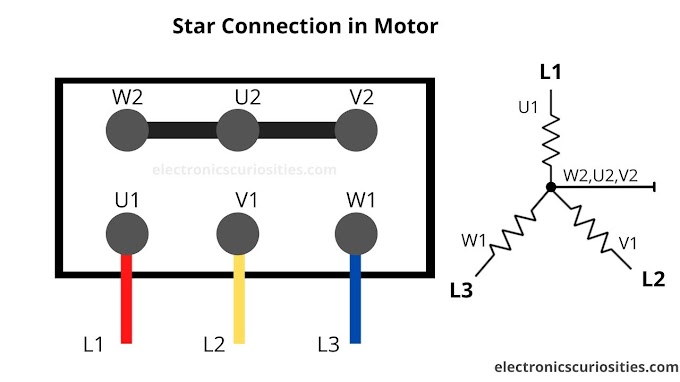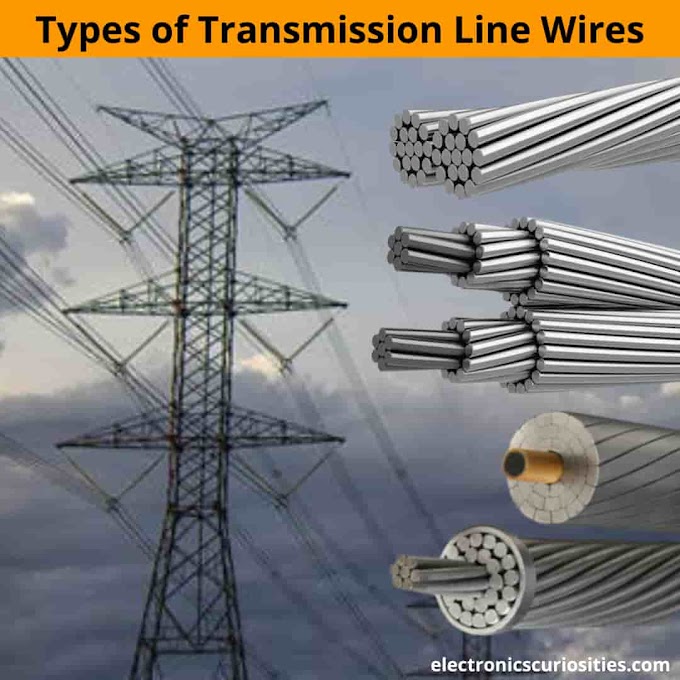Can I connect the load to the solar panel without an inverter or battery?
You certainly can, But you must know that you will be limited to what you can operate because if you don't step up the voltage and convert to AC then you stuck operating equipment with the DC voltage rating.
There's no need for an inverter if you`re only setting up solar panels for something that runs on DC current. You will need an inverter only if to convert DC to AC for all other AC electrical appliances.
However, a solar charger controller is suggested with solar panels to charge the battery as it prevents the battery from any kind of damage due to a surge in voltage or current from the solar panels.
Yes, solar can work without an inverter, that is if your load or your appliance are operating only with DC because an inverter comes into play to convert DC to AC so to enable us to operate our Alternating load.
However, many electrical appliances still use DC. Unfortunately, you can't plug an AC refrigerator straight into a DC power source. You need a power inverter between the source and the refrigerator. So the power converts from DC to AC through the inverter, goes into the refrigerator, and converts to DC again.
Why DC is not used in homes?
The DC current is not used in homes goes back to the inherent characteristics of direct currents and their weaknesses compared to Alternating Currents (AC). The AC currents can be easily transmitted over long distances without much loss.
Can you run a home AC appliance directly from a solar panel?
You can't run any AC home appliances directly with solar panel, As solar panel produces DC current and inverter convert DC into AC. Solar panels get connected to the battery of an inverter and the inverter will convert DC into AC and it depends on the appliances how many watts it's required to complete the action.
Appliances you can Run directly From solar panels
Solar-powered fan (12v solar fan with 12v solar panel)
A 12v solar fan is a mechanical fan powered by solar panels energy. The solar panels are either mounted on the device or are installed independently. Solar fans mostly do not require secondary power sources other than solar power, as most of them are used for cooling purposes during day time. The fan runs the fastest when it is the hottest outside providing savings on air conditioning costs.
Solar-powered pump
Solar-powered pumps run on electricity generated by solar panels (photovoltaic panels) or the radiated thermal energy available from collected sunlight as opposed to grid electricity or diesel run water pumps.
Generally, solar-powered pumps consist of a solar panel array connected, solar charge controller (MPPT), DC water pump, fuse box/breakers, electrical wiring, and a water storage tank.
The operation of solar-powered pumps is more economical mainly due to the lower operation and maintenance costs and has less environmental impact than pumps powered by an internal combustion engine (ICE). Solar pumps are useful where grid electricity is unavailable and alternative sources (in particular wind) do not provide sufficient energy.
Here are some loads that can work directly wired to solar panels.
 |
| 12v drill Machine |
You can use a 12v vacuum, a 12v drill, car radio/CD player, a 12v Fan, a 12v TV, etc. Devices that are used only for a few minutes.
DC fans and pumps are probably the most common but you have to make sure the voltage and amp output of the panels is matched to the load.
The problem with other DC loads like a drill, vacuum, or TV is that they can draw more power than the panels can provide and also require a constant voltage to work. Pumps and fans can be built to run at different speeds which is what you will get depending on how much sun is hitting the panels.
Check other articles
Different Solar panel System for Home requirement save energy by using free solar energy.
Difference between Monocrystalline and Polycrystalline Solar Panels






